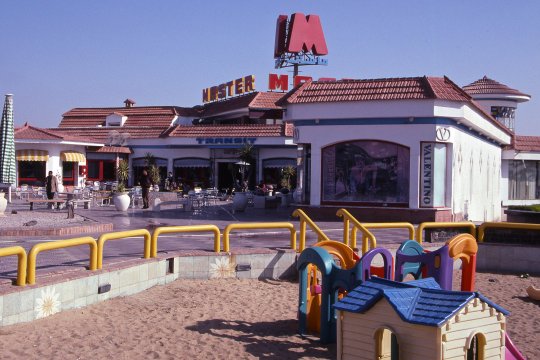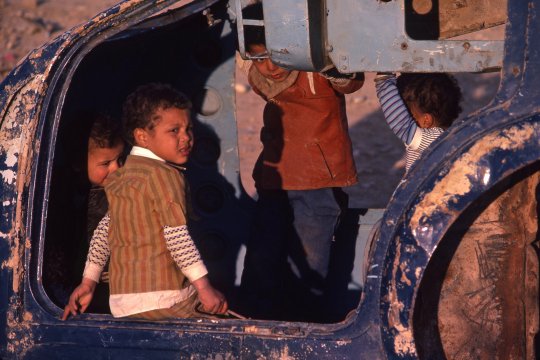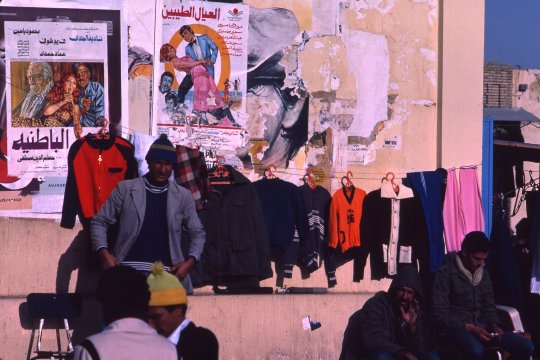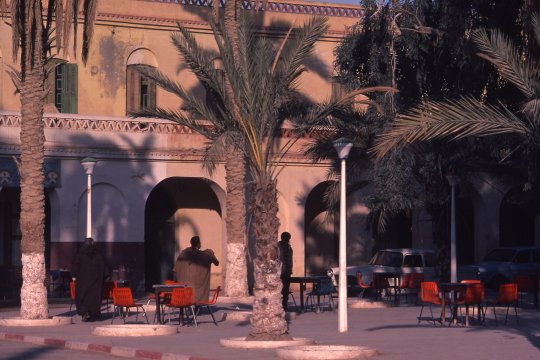|
John Tyman's Cultures in Context Series EGYPT and the SAHARA www.johntyman.com/sahara |
|
6.1 Homes and Streets : 442-456 |
| . |
|
John Tyman's Cultures in Context Series EGYPT and the SAHARA www.johntyman.com/sahara |
|
6.1 Homes and Streets : 442-456 |
| . |
 |
| .452. Similar contrasts are visible in recreational facilities. In the biggest cities playgrounds have been provided in association with new commercial developments. (On the outskirts of Alexandria) |
 |
| .454. Younger children also improvise, making the most of whatever “toys” are available. There are no “after school care centres”. (Car body dumped in the riverbed at Biskra) |
 |
| .455. Adults (mostly men) may go to a cinema, where they are increasingly likely to see films which promote Islamic values rather than those of Hollywood. (Tozeur) |
 |
| .456. Others with time on their hands may stop off during the day at one of the many cafes that ring the squares, but not during Ramadan. (Touggourt) |
![]()
Text and photos by John Tyman
unless otherwise indicated.
Intended for Educational Use
Only.
Contact Dr. John Tyman at johntyman2@gmail.com
for more information regarding
licensing.
![]()
www.hillmanweb.com
Photo processing, Web page layout,
formatting and hosting by
William
Hillman ~ Brandon, Manitoba ~ Canada